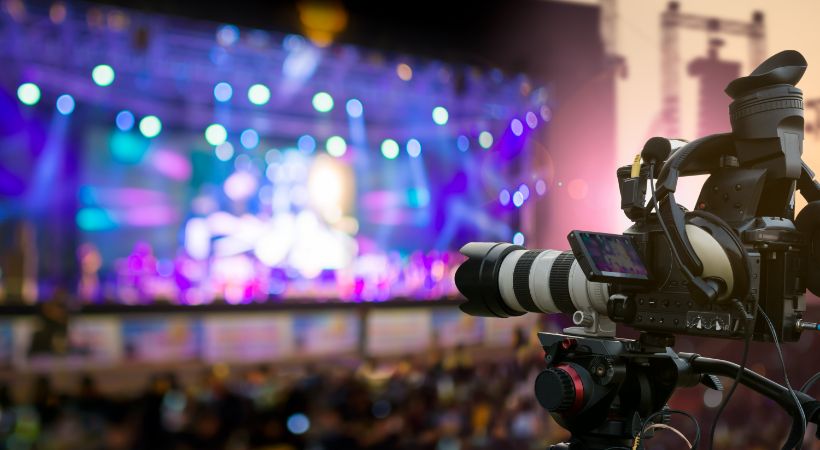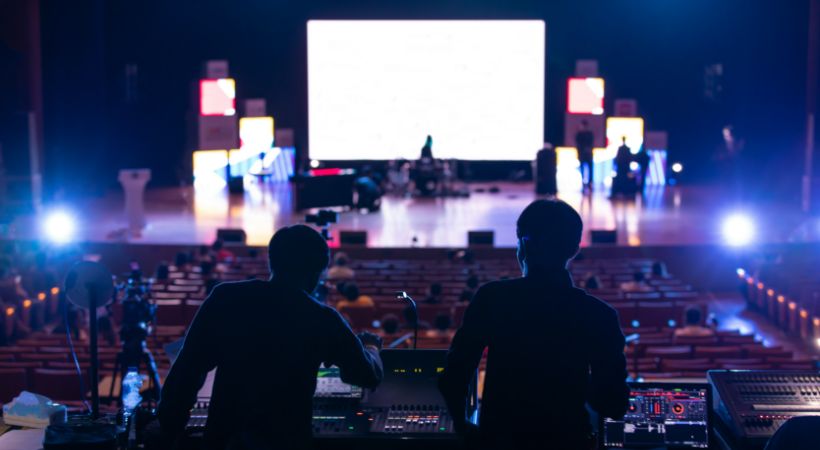June 25th, 2024 | Alex
How to Increase Audience Engagement at Events
When it comes to running a successful live event, attendance isn’t the only main indicator that it was a success.
Event engagement is also a great indicator of event engagement.
But what is event engagement?
Well in this article we will discuss exactly that. We’ll also discuss why it’s important and how to increase the level of engagement at your event.
Let’s get into it.

What is Event Engagement?
Event engagement refers to the active participation and involvement of attendees in various activities during an event.
It includes how event organisers facilitate interaction, interest, and enthusiasm among participants.
High levels of engagement are achieved through interactive experiences that capture your audience’s attention.
This then encourages networking and promotes meaningful connections with the content being presented.
Why is Event Engagement Important?
Event engagement is crucial because it significantly enhances the overall experience for attendees, making the event more memorable and impactful.
Engaged participants are more likely to be attentive and develop a positive perception of your event.
High levels of engagement not only improve satisfaction and loyalty but also amplify your reach.
This is because engaged participants are more likely to share their experiences on social media and through word-of-mouth.
Effective event engagement helps achieve your objectives.
This is done by ensuring that key messages are communicated effectively and resonate with your audience.
7 Ways to Increase Audience Engagement at Events
Here are ideas to boost engagement:
1. Interactive Polls and Q&A Sessions
Implement apps or devices that enable live polls and Q&A sessions, allowing attendees to submit questions and vote on topics in real time.
Tools like Slido or Mentimeter can facilitate these interactions, making the audience feel more involved.
Display results instantly on screens to keep the audience engaged and let them see how their input influences the event.
2. Gamification
Integrating quizzes or trivia games related to your event’s theme can motivate attendees to actively participate.
Providing immediate feedback and rewards for correct answers keeps participants engaged.
Design challenges or tasks that attendees can complete during the event. These could range from solving puzzles to finding hidden items or completing specific activities.
Organise activities that require teamwork, encouraging attendees to interact and collaborate with others. This can help break the ice and foster networking.
With event gamification, you can display real-time leaderboards to show the progress of teams or individuals, encouraging friendly competition and collaboration.
3. Social Media Integration
Create and promote a unique event hashtag to consolidate all social media conversations related to the event.
Encourage attendees to use the hashtag in their posts, which helps in creating a buzz and broadening the event’s reach beyond the physical venue.
Run contests that require attendees to post on social media using the event hashtag. Offer incentives like prizes or special recognition to encourage participation and amplify the event’s visibility.
You could stream key sessions or highlights of the event on platforms like Facebook Live, Instagram Live, or YouTube.
This not only engages virtual attendees but also allows those on-site to share their experience with a broader audience.
4. Mobile Event App
Develop an app tailored to the event where attendees can access schedules, network with other participants, participate in polls, and receive real-time updates.
Attendees can easily access the event schedule, including session times, locations, and descriptions.
This ensures they are always informed about what’s happening and can plan their day accordingly.
The app could provide detailed information about speakers, sessions, and workshops, allowing attendees to learn more about the content and presenters.
Allow attendees to create profiles with their professional information and interests. This helps participants identify potential networking opportunities.
Include in-app messaging and chat features so attendees can connect and communicate with each other easily.
Incorporate features for live polling and Q&A during sessions, enabling attendees to participate actively and voice their opinions.

5. Workshops and Hands-On Activities
Organise workshops that offer practical, hands-on experience related to the event’s theme. These can range from skill-building sessions to creative activities.
Workshops require attendees to actively participate rather than passively listen.
This hands-on involvement helps attendees retain information better and stay engaged.
By participating in practical exercises, attendees can develop new skills or enhance existing ones, making the event more valuable and relevant to their needs.
Workshops often allow for smaller groups and personalised instruction, enabling facilitators to address specific questions and cater to individual learning styles.
Offering a variety of workshops on different topics allows attendees to choose sessions that are most relevant to their interests and professional needs, increasing their engagement.
Workshops create an environment where attendees work together on tasks.
Participants are more likely to interact and build relationships during these hands-on sessions.
6. Live Demonstrations and Performances
Live demonstrations and performances are visually engaging, drawing attention and keeping attendees focused.
The excitement and spectacle of live-action capture the audience’s interest more effectively than static presentations.
Performances add an element of entertainment, making the event more enjoyable and memorable.
This helps to maintain high energy levels and enthusiasm among your attendees.
Many live demonstrations and performances encourage audience participation, whether through Q&A sessions, hands-on involvement, or interactive segments.
This active engagement helps attendees feel more involved in the event.
Live demonstrations show products or concepts in action, helping attendees understand their practical applications and benefits. This can make the information more relatable and easier to grasp.
Seeing a product or concept in action provides a tangible experience that can be more convincing and memorable than theoretical descriptions.
7. Photo Booths and Interactive Installations
Photo booths and interactive installations provide attendees with unique activities that are fun and engaging.
These experiences can be tailored to the theme of the event, making them relevant and more appealing to participants.
Both photo booths and interactive installations can serve as social hubs where attendees gather. Helping them interact and bond on a deeper level.
They encourage people to mingle and network, which can enhance the overall atmosphere of the event.
Photo booths typically offer instant prints or digital copies that attendees can share on social media.
When attendees share their photos and experiences on social media, they inadvertently promote the event and its sponsors, increasing brand visibility and reach.
Increasing Audience Engagement with GALA PR
By following these tips, you will be able to increase engagement at your event and give your audience the best possible experience.
GALA PR is a PR agency that specialises in delivering comprehensive PR strategies for live events.
When it comes to delivering innovative PR strategies that can attract audiences and boost their engagement at your event, we’re the perfect match.
Please get in touch with us if you would like to know more about how we can help you deliver a successful event PR strategy.